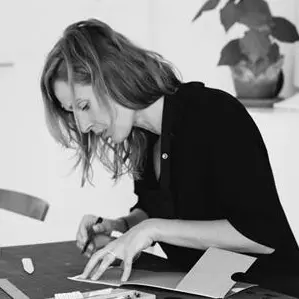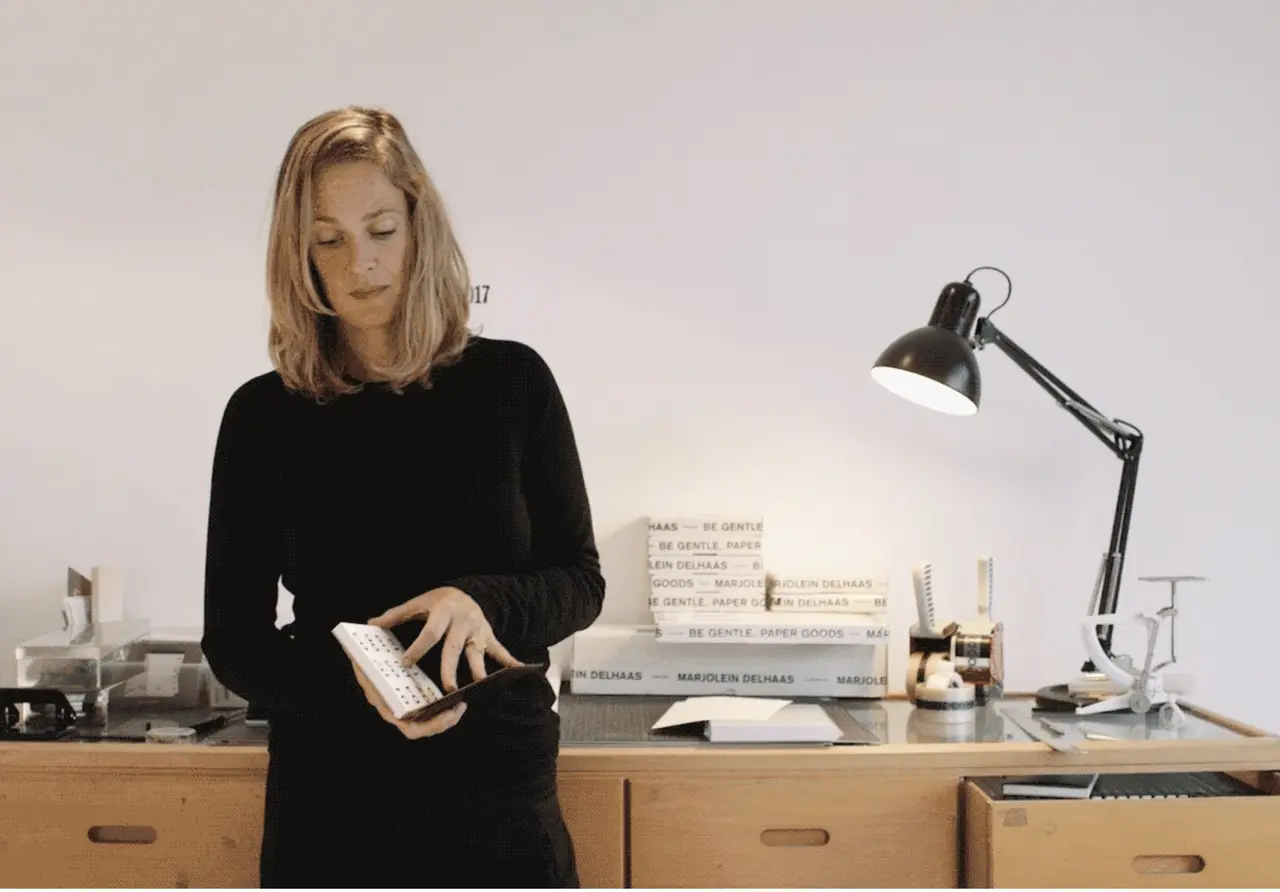Exploring the Design Philosophy of Marjolein Delhaas
In the world of design, every creator brings a unique philosophy to their work, shaping not only the outcome but also the experience for their audience. Marjolein Delhaas stands out with her distinctive approach that marries creativity with functionality. This blog delves into her design principles, inspirations, and the impact of her work in the contemporary design landscape.
The Essence of Marjolein Delhaas’s Design Philosophy
Understanding the core tenets that drive her creative process is essential to appreciating her artistry. At the heart of Marjolein Delhaas’s design philosophy lies an unwavering commitment to simplicity. She believes that the best designs are not just visually appealing but also resonate on a deeper level with the user. This principle of simplicity manifests itself in her choice of materials, forms, and even in the technologies she embraces.
Moreover, her emphasis on sustainability sets her apart in today’s design landscape. Delhaas recognizes the ecological impact of design and seeks to create with conscious choices. This aspect often leads her to explore innovative materials that are environmentally friendly, marrying beauty with responsibility. Ultimately, it is this harmonious blend that invites users to interact with her work on multiple levels.
Finally, the relationship she cultivates with her audience plays a crucial role in her approach. Delhaas emphasizes the importance of feedback and collaboration, which guides her iterations and refinements of design concepts. By inviting others into her creative process, she ensures that the designs not only reflect her vision but also meet the needs and desires of the intended users.
Balancing Aesthetics and Functionality
Exploring how Delhaas achieves harmony between beauty and practicality in her designs reveals much about her thought process. She believes that aesthetics should never overshadow functionality. In her view, every element of a design should serve a purpose. For instance, when creating a piece of furniture, beauty is not just about pleasing curves or vibrant colors; it also entails comfort and usability. Delhaas meticulously considers how a user will interact with her pieces.
This careful consideration often leads to designs that are wonderfully intuitive. Users find themselves effortlessly drawn to her creations, whether it’s an elegantly crafted chair or an innovative lighting fixture. The functionality is embedded so seamlessly that it almost feels like an extension of the user’s own experience. In essence, this balance transforms ordinary objects into memorable encounters.
The synergy between form and function is further highlighted in her approach to space and environment. Delhaas has a unique ability to create designs that enhance the surroundings without overwhelming them. She embraces minimalism not merely as a visual style but as a philosophy for enhancing life through thoughtful design. Each piece becomes a dialogue between the users and their environments, fostering a deeper connection.
Inspiration from Nature and Everyday Life
Analyzing the sources of inspiration that inform her work shows a deep appreciation for the natural world. Delhaas often draws parallels between her designs and the beauty found in nature. From the intricate patterns of leaves to the soothing lines of mountains, she finds ways to incorporate these elements into her creations. This nature-inspired approach not only adds aesthetic value but also promotes a sense of tranquility in the user’s experience.
In addition to nature, the beauty of everyday life greatly influences her designs. Delhaas is known for observing the mundane, finding inspiration in objects and experiences that many might overlook. A simple cup of coffee, the contours of a city skyline, or the rhythm of a bustling market—each offers a different perspective that fuels her creativity. By reinterpreting these familiar elements, she elevates the ordinary into the extraordinary.
Ultimately, her inspiration from both nature and everyday moments reminds us that design is everywhere and can be profoundly moving. This blend encourages us to view our surroundings through a different lens, igniting a desire to celebrate both the simple and the complex in our lives.
The Role of Color and Texture in Her Work
Diving into how Delhaas utilizes color and texture to evoke emotion reveals the meticulous care she takes in crafting user experiences. Color, for her, is not just a visual choice; it’s a language. Different hues can elicit specific feelings, and she deliberately selects her palettes to resonate with the intended mood of each piece. For instance, soft pastels may create calmness, while vibrant tones can convey energy and liveliness.
Texture plays an equally important role in Delhaas’s work. By incorporating a variety of surfaces—smooth, rough, glossy, matte—she enhances the tactile experience for the user. This attention to touch encourages people to engage more deeply with the objects around them, bridging the gap between visual and sensory experiences. She believes that an inviting texture can transform a simple interaction into an immersive experience.
This combined use of color and texture allows her to create an emotional journey through design. It is this holistic approach that encourages users to not only see her work but feel it, making the experience of interacting with her designs profoundly personal and memorable.
Case Studies: Notable Projects by Marjolein Delhaas
Showcasing some of her most impactful projects and discussing their contributions to design reveals the breadth of her talent. One prominent project, a community space for local artists, exemplifies her ability to blend function with a welcoming atmosphere. The design incorporates natural light, vibrant colors, and versatile spaces that serve various artistic pursuits. This project not only showcases her design philosophy but also enriches the cultural fabric of the community.
Another noteworthy undertaking was her collaboration with a sustainable fashion brand. Here, Delhaas innovatively fused her design acumen with ethical practices, creating collections that celebrate textiles derived from recycled materials. This endeavor highlights her commitment to sustainability while also pushing the boundaries of contemporary design aesthetics. The result is a striking line that appeals to a conscious consumer base, showcasing that ethical choices can coexist beautifully with modern style.
These case studies not only spotlight her diverse skill set but also serve as benchmarks for future design endeavors. Marjolein Delhaas continues to inspire both new designers and established professionals by showcasing how thoughtful design can lead to significant societal impact.
The Future of Design in Delhaas’s Eyes
Speculating on how her philosophy might evolve and influence upcoming trends in design invites intriguing discussions. Marjolein Delhaas envisions a future where technology and sustainability converge more seamlessly in design practices. She believes that as technology advances, designers have an unprecedented opportunity to create solutions that are both innovative and responsible. This idea opens up pathways for integrating smart technology that enhances user interaction without sacrificing ecological integrity.
Moreover, Delhaas anticipates a shift towards more community-focused designs. She believes that the role of a designer is evolving, requiring them to engage more deeply with the communities they serve. By prioritizing collaboration and feedback, future designs can reflect the diverse voices and needs of users, leading to more inclusive solutions. This community-centric approach not only enriches the design process but also reinforces the connection between people and their environments.
As we look forward, the design ethos championed by Marjolein Delhaas challenges us to embrace change, be adaptive, and remain open to the myriad possibilities that lie ahead in the ever-evolving world of design.
Reflecting on Marjolein Delhaas’s Impact
Marjolein Delhaas’s design philosophy illustrates the profound connection between aesthetics and usability. By prioritizing simplicity and user experience, she has carved a niche that inspires both admiration and engagement. Her work challenges us to reconsider what good design truly means.


